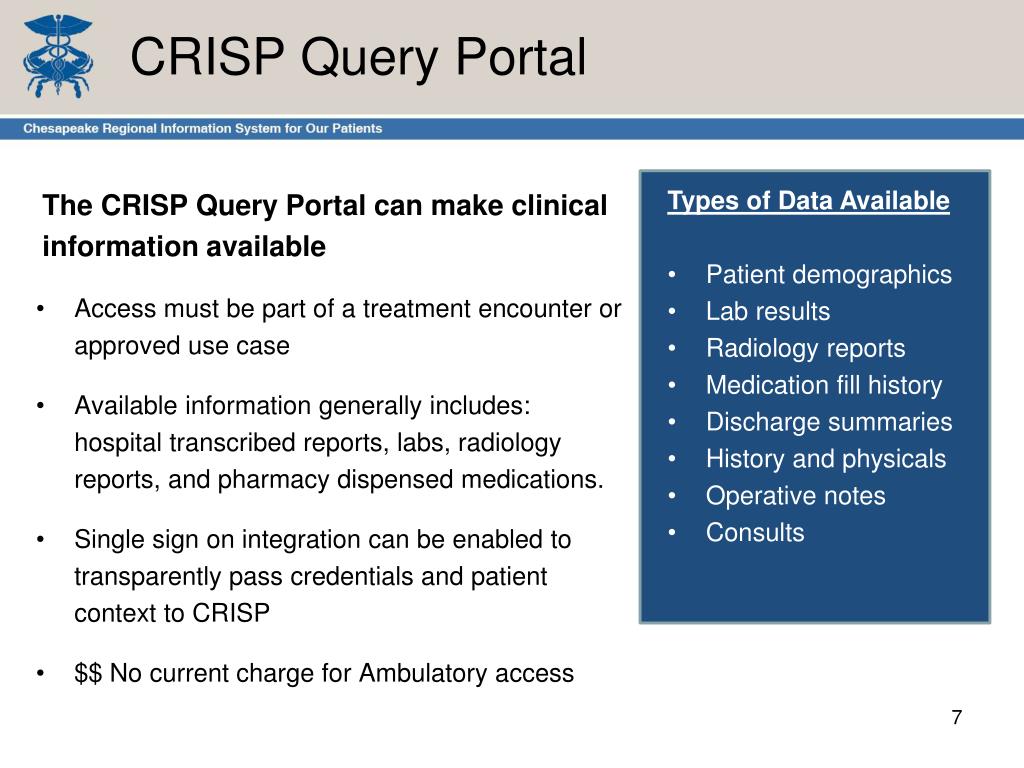See full list on healthit. gov. 8. 2. 1 directed exchange segment commanded the largest share of the health information exchange market 8. 3 query-based exchange 8. 3. 1 query-based exchange segment to register the highest growth.
The Complementary Nature Of Querybased And Directed Health
For more information on hie, see the following resources. 1. health information exchange: what is hie? 2. health information exchange case studies 3. what is health information exchange? 4. why is health information exchange health information exchange query important? 5. health information exchange: getting started with hie.
The trusted exchange framework and the common agreement will outline a policy and technical approach for nationwide electronic health information exchange. tefca is mandated as part of the 21st century cures act. once finalized, it will allow clinicians and other health care providers to access patient health data from a variety of health information networks (hins). Electronic health information exchange (hie) allows doctors, nurses, pharmacists, other health care providers and patients to appropriately access and securely share a patient’s vital medical information electronically—improving the speed, quality, safety and cost of patient care. despite the widespread availability of secure electronic data transfer, most americans’ medical information is stored on paper—in filing cabinets at various medical offices, or in boxes and folders in patients’ homes Nysiisby submitting a query to nysiis, users can view a patient's immunization history within both the healtheconnections database and nysiis, then reconcile the immunizations between the two systems. statewide patient record lookup (sprl) with sprl, patient information can be queried securely across all new york state rhios. healthcare providers can retrieve individual patient records from across the network once they receive patient consent.
Health care practices will only have to connect to 1 hin in order to access patient information from hins across the country. being able to access this information can ensure patient safety and better care quality especially when providing unplanned care. health information exchange query Health information exchange allows health care professionals and patients to appropriately access and securely share a patient’s medical information electronically. there are many health care delivery scenarios driving the technology behind the different forms of health information exchange available today. Standardizing data is an important factor in electronically exchanging health information. once standardized, the transferred data can be integrated into the recipients' electronic health record (ehr), further improving patient care. there are currently 3 key forms of health information exchange:.
To participate in health information exchange through the tef and the common agreement, health care providers can:. Query-based exchange: query-based exchange gives health care providers the ability to find and/or request information on a patient from other providers and is often used for unplanned/emergency care. consumer mediated exchange: consumer mediated exchange gives patients the ability to aggregate and manage their health information on the internet. when in control of their own health information, patients can help transfer information between providers, correct inaccurate demographic, medical. Query request id query requesting health information exchange query application assigns a unique identifier for each query. There are currently three key forms of health information exchange (hie): 1. directed exchange: directed exchange gives health care providers the ability to electronically send and receive secure information such as such as laboratory orders and results, patient referrals, or discharge summaries to other health care providers involved in a patient’s care over the internet via encrypted, secure, and reliable messaging. 2. query-based exchange: query-based exchange gives health care provide
To learn about providers and other stakeholders who are implementing hie and using hie to improve health care quality and patient outcomes, see the following hie case studies. 1. care coordination improved through health information exchange 2. medallies and the direct project support secure exchange of clinical information in ehr systems 3. successful electronic information exchange through direct pilot implementation health information exchange query with cerner and the lewis and clark information exchange (lacie) 4. vendor Health information exchanges (hie) allow health care professionals, providers, health systems and public health to securely exchange clinical or business information in standardized messages. the onehealthport hie design is a hub and spoke model with a single connection from each provider to the hie. The ability to send and receive secure information electronically between care clinicians to support coordinated care. query-based exchange. the ability for clinicians to find and/or request information on a patient from other clinicians, often used for unplanned care. consumer-mediated exchange.
The Associations Between Querybased And Directed Health

Appropriate and timely sharing of vital patient information better informs decision-making at the point of care and allows clinicians to:. Jan 20, 2021 · nysiisby submitting a query to nysiis, users can view a patient's immunization history within both the healtheconnections database and nysiis, then reconcile the immunizations between the two systems. statewide patient record lookup (sprl) with sprl, patient information can be queried securely across all new york state rhios. healthcare providers can retrieve individual patient records from across the network once they receive patient consent.

Electronic health information exchange (hie) allows doctors, nurses, pharmacists, other health care providers and patients health information exchange query to appropriately access and securely share a patient’s vital medical information electronically—improving the speed, quality, safety and cost of patient care. despite the widespread availability of secure electronic data transfer, most americans’ medical information is stored on paper—in filing cabinets at various medical offices, or in boxes and folders in. Historically most americans medical information was stored on paper in filing cabinets at various medical offices, or in boxes and folders in patients homes. there has been a tremendous push over the past several years to digitize the health care experience and to allow for increased accessibility and portability of health information.